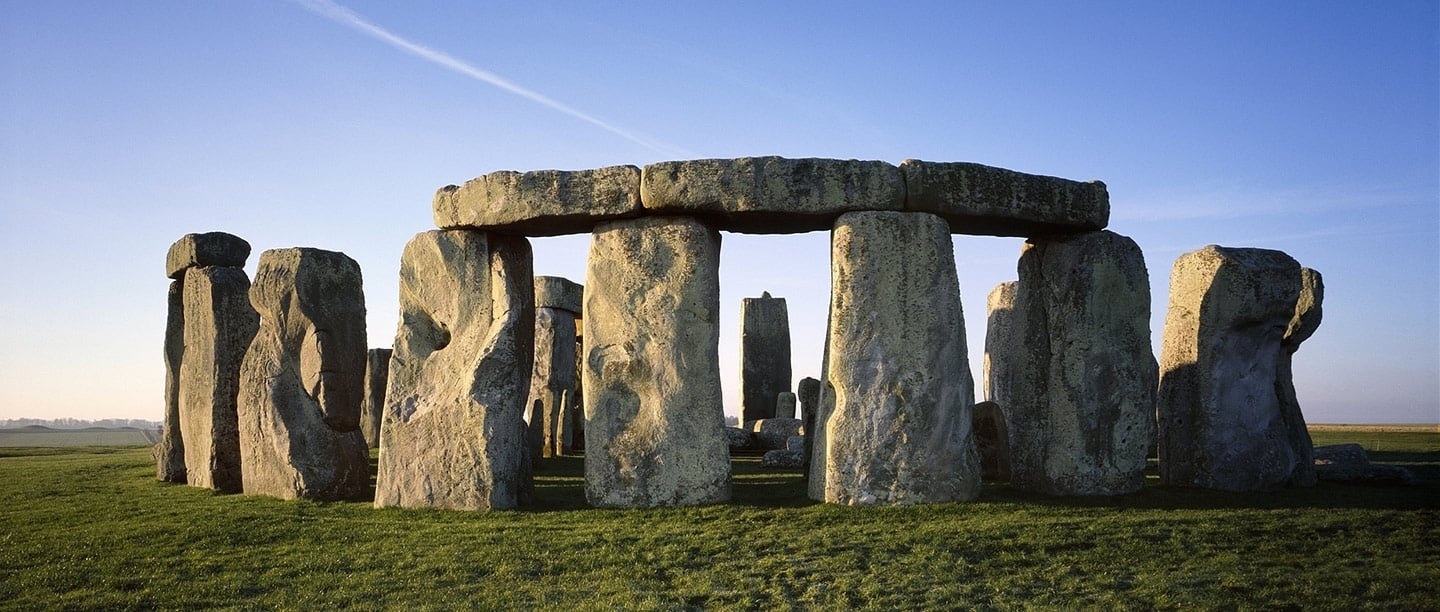Engineering Marvels of Ancient Rome
Roman aqueducts stand as a remarkable testament to the ingenuity and advanced engineering skills of the Roman civilization. Built over two millennia ago, these structures were designed to transport fresh water from distant sources into cities and towns, ensuring a reliable supply for public baths, fountains, households, and agricultural needs. Their construction required precise calculations, knowledge of hydraulics, and innovative use of materials like stone, brick, and concrete, making them one of the most impressive feats of ancient engineering.
Driving Urban Development
The presence of aqueducts profoundly influenced the growth and organization of Roman cities. By providing a consistent flow of clean water, aqueducts supported public health, hygiene, and sanitation, allowing cities to expand both in population and infrastructure. Public baths, gardens, and fountains became central features of urban life, reflecting both cultural values and civic pride. Moreover, the availability of water facilitated industrial activities, from milling grain to supporting craft workshops, which fueled economic growth.
Transforming Daily Life
Access to fresh water reshaped everyday life for Roman citizens. Households benefited from improved living conditions, while public spaces fostered social interaction and communal experiences. The aqueduct system demonstrated the Romans’ understanding of how essential resources could be managed efficiently to enhance societal well-being, demonstrating a balance of utility and elegance in urban planning.
Legacy and Influence
The impact of Roman aqueducts extends far beyond antiquity. Their design principles influenced later civilizations and modern water management systems, inspiring engineers and architects for centuries. Today, remnants of these aqueducts stand as iconic symbols of Roman innovation, illustrating the empire’s ability to harness engineering for the benefit of its people and urban growth. Their enduring legacy reminds us of the critical role infrastructure plays in shaping civilizations.
Conclusion
Roman aqueducts were more than just channels for water they were instruments of societal transformation. By combining technical expertise with urban foresight, the Romans created systems that fueled the growth of their cities, enhanced daily life, and left an enduring mark on engineering and urban development. Their achievements highlight how infrastructure can drive both cultural and economic progress, offering timeless lessons for modern societies.







